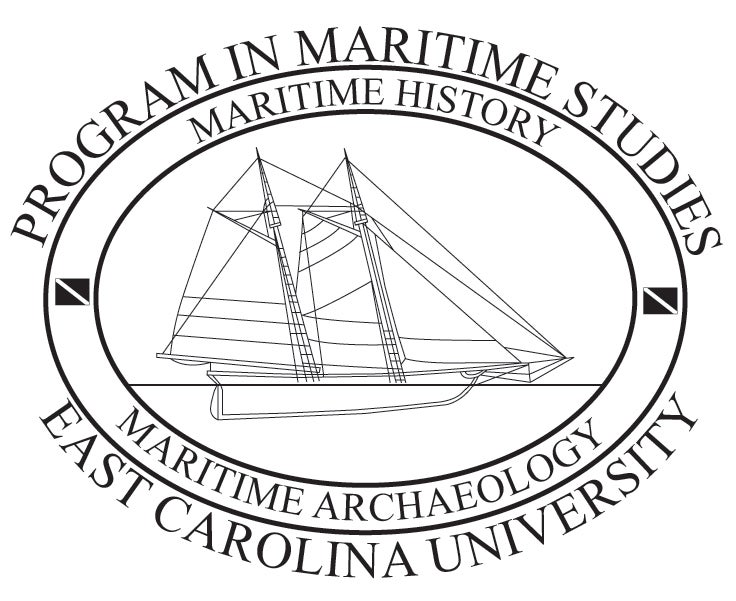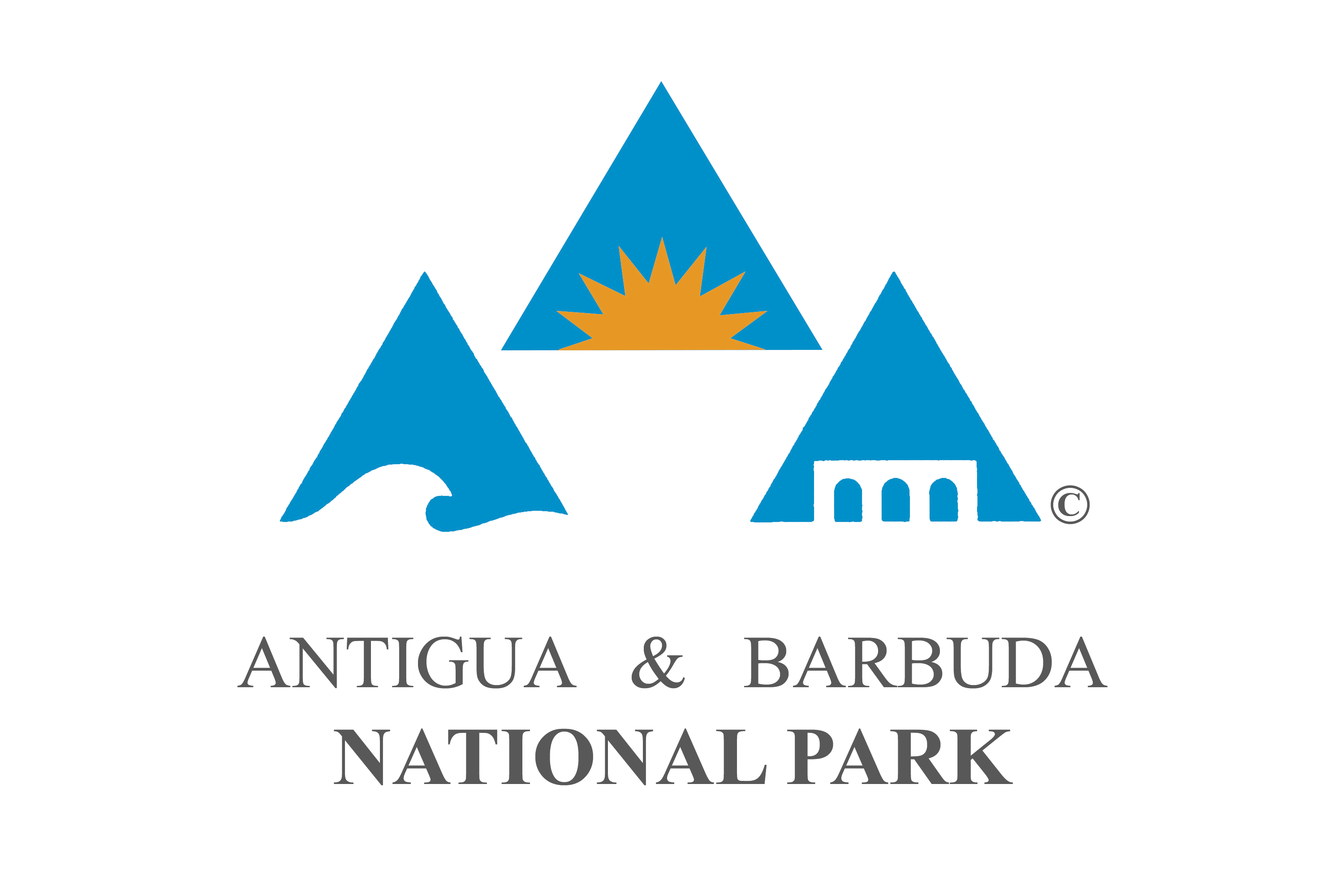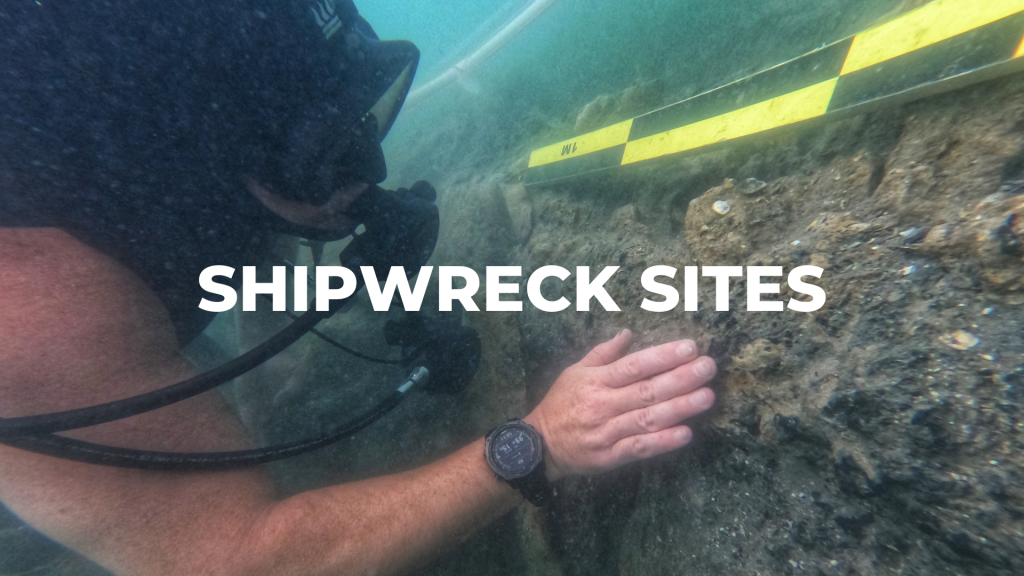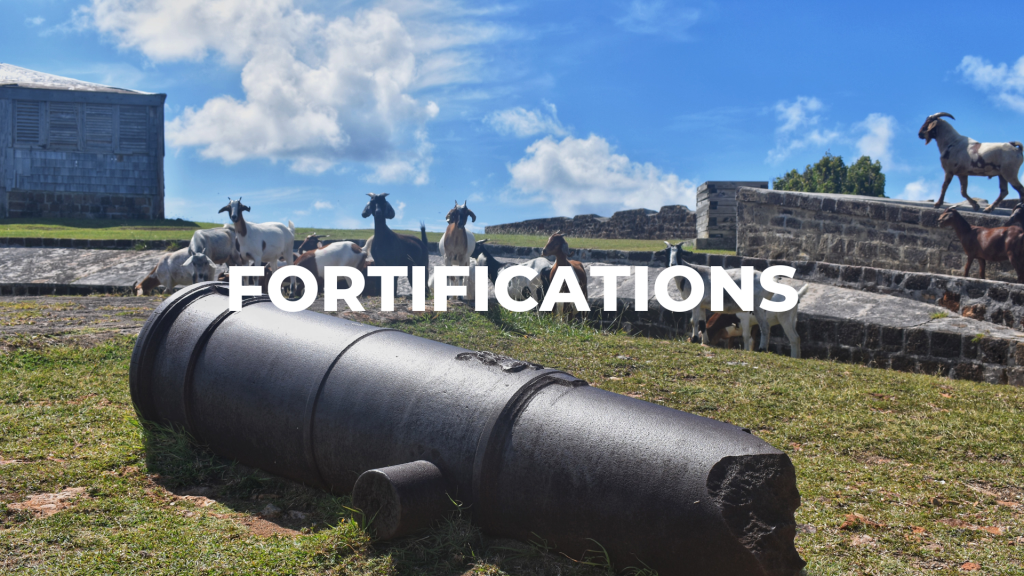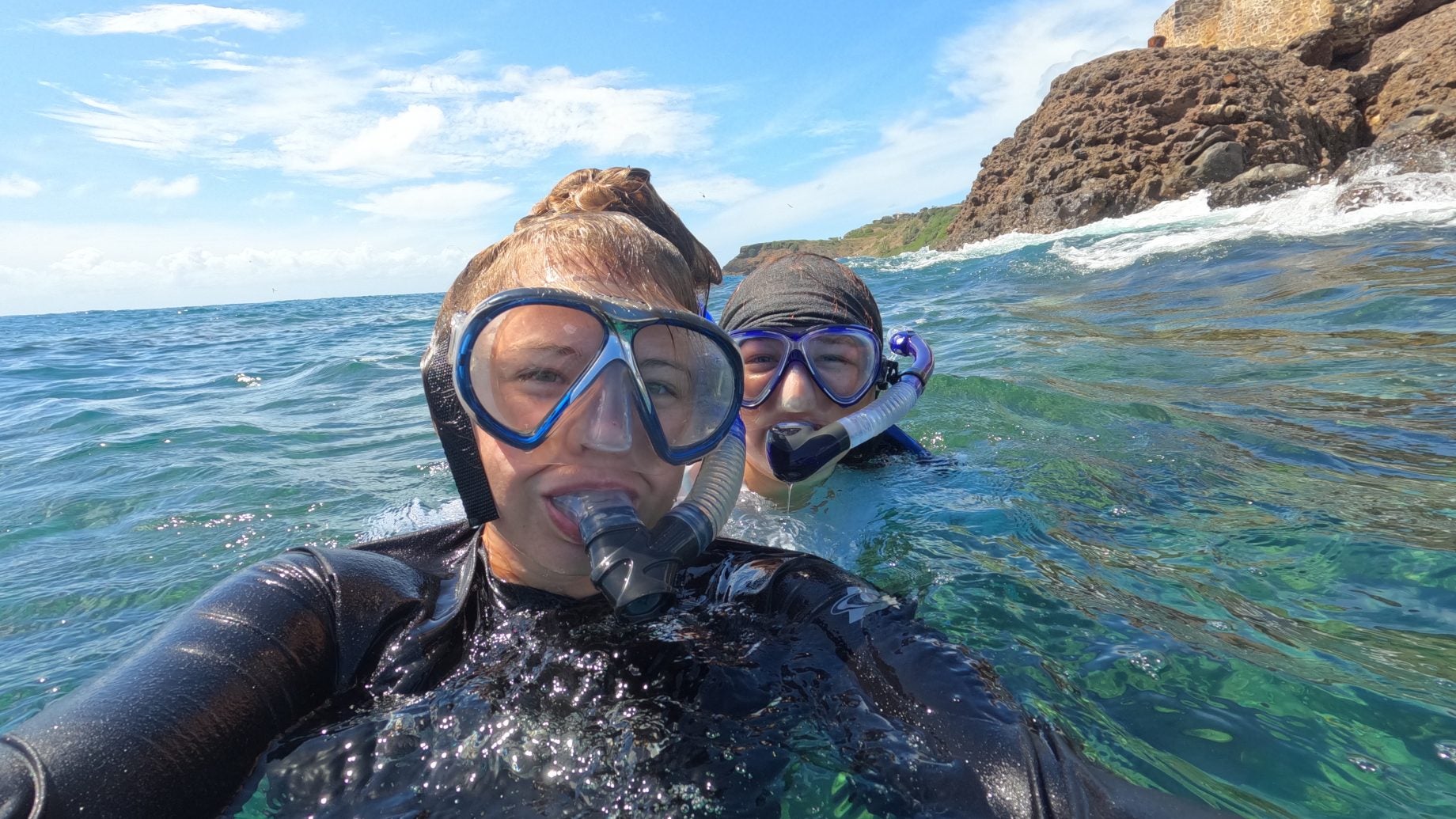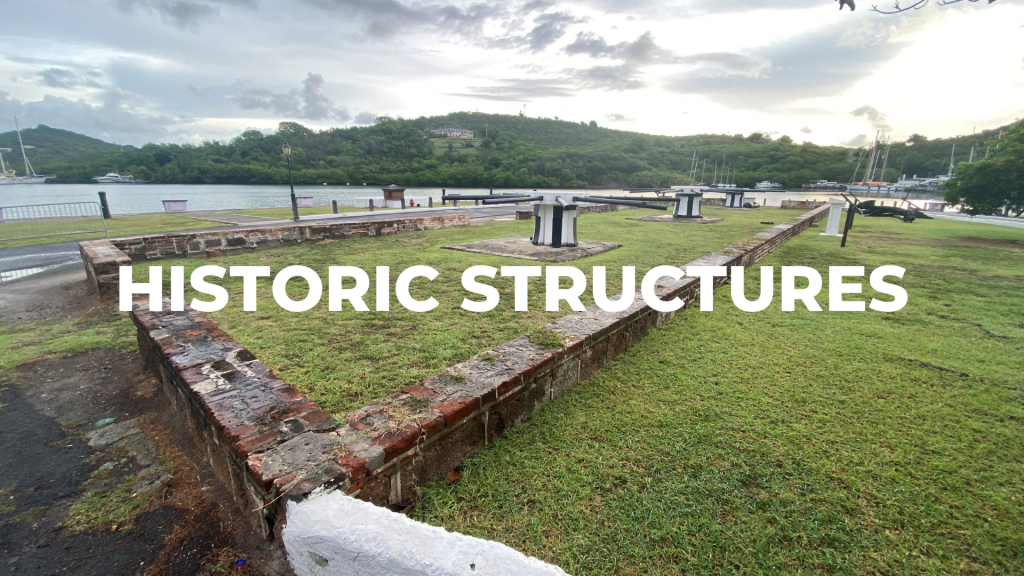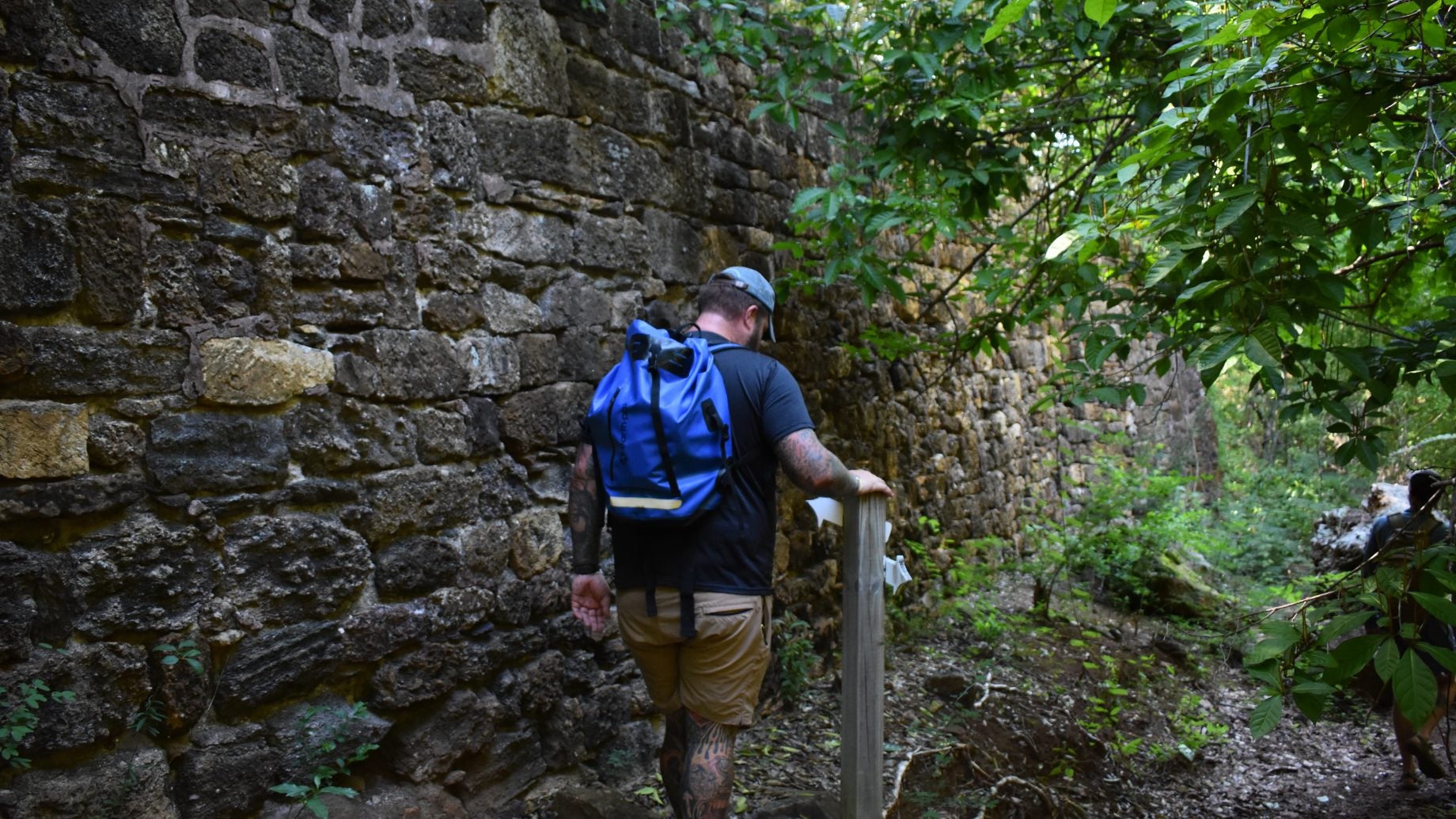Antigua is an independent, formerly British, island in the Eastern Caribbean within the chain known as the Leeward Islands. The island has prehistoric archaeological evidence for Archaic Amerindians living on the island as early as 2900 BC. In the historic period, Antigua was visited by Christopher Columbus in 1493 and named after the Church of Santa Maria de la Antigua in Seville, Spain. In 1632, Antigua was settled by English colonists whose society eventually developed into a plantation system that primarily utilized enslaved labor to produce sugar for exportation to Europe. English sugar production on Antigua prompted a raid by French-Carib forces in 1666, which reflected the geopolitical status quo in the Lesser Antilles in the 17th century where European powers conducted raids with the intention of destroying or removing as much property as possible to gain an advantage in Europe’s sugar markets.
To protect against such raids, the English sought to fortify their sugar producing colony. Within this context, numerous fortifications were built around the island to protect economic and military interests. In the 18th century, as military and naval power grew in Europe, the major powers engaged in several major wars that would thrust the Caribbean arena into larger strategic importance. With more naval vessels stopping in English Harbor to refit and repair their hulls, this location was selected to establish a permanent naval dockyard in 1729. The colonial Antiguans initiated this process at the suggestion of two naval captains in 1725, who had careened their vessels in the harbor, with the intention of gaining more protection for their commerce. Once established, the naval dockyard grew in size and importance throughout the 18th and 19th centuries as Britain then gained temporary global hegemony. Home to the Leeward Islands Squadron, the Royal Navy maintained a permanent fleet in the area to continually harass enemy shipping and territories, protect the economically valuable sugar trade, and patrol against enemy raids. Admiral Horatio Nelson arrived in 1784 as head of the Leeward Islands Squadron and continued development of what is now called Nelson’s Dockyard.
The 1834 emancipation of enslaved peoples resulted in a labor shortage for the profitable sugar trade, which subsequently declined throughout the turn of the 19th century. Antigua and Barbuda gained independence from the United Kingdom in 1981, and in 1984 the National Parks Act established Nelson’s Dockyard National Park and the National Parks Authority. In 2016, the naval dockyard and surrounding military sites were recognized by UNESCO as a World Heritage Site: The Antigua Naval Dockyard and Related Archaeological Sites.
This website showcases East Carolina University Program in Maritime Studies archaeological research in Antigua. This research is part of on-going collaboration with the Antigua and Barbuda National Parks Authority, and the Université des Antilles in Martinique.
